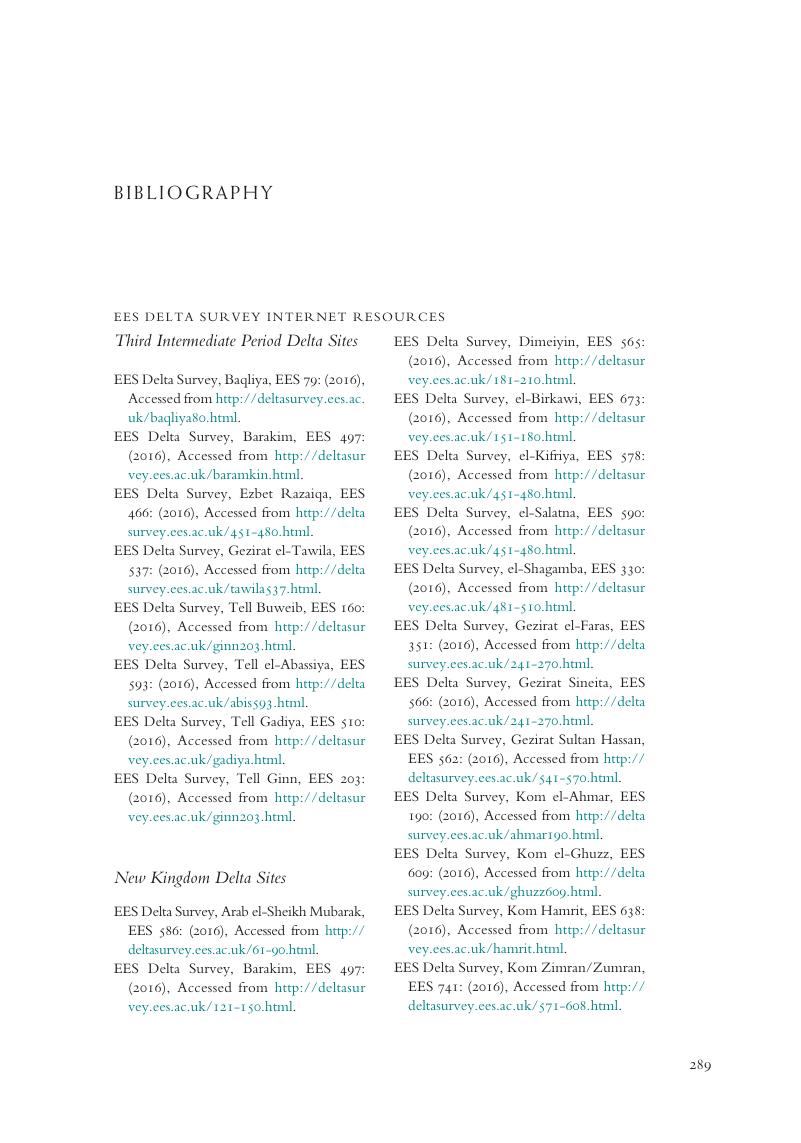Book contents
- The Archaeology of Egypt in the Third Intermediate Period
- The Archaeology of Egypt in the Third Intermediate Period
- Copyright page
- Dedication
- Contents
- Figures
- Maps
- Tables
- Preface
- Acknowledgements
- Chronological Tables
- Abbreviations
- Chapter One Terminology and Chronology
- Chapter Two Settlement Patterns and Land Policy
- Chapter Three Settlement Development and Built Remains of the Third Intermediate Period
- Chapter Four Domestic Material Culture of the Third Intermediate Period
- Chapter Five Conclusions: Transition and Continuity in the Third Intermediate Period
- Book part
- Notes
- Bibliography
- Index
- References
- The Archaeology of Egypt in the Third Intermediate Period
- The Archaeology of Egypt in the Third Intermediate Period
- Copyright page
- Dedication
- Contents
- Figures
- Maps
- Tables
- Preface
- Acknowledgements
- Chronological Tables
- Abbreviations
- Chapter One Terminology and Chronology
- Chapter Two Settlement Patterns and Land Policy
- Chapter Three Settlement Development and Built Remains of the Third Intermediate Period
- Chapter Four Domestic Material Culture of the Third Intermediate Period
- Chapter Five Conclusions: Transition and Continuity in the Third Intermediate Period
- Book part
- Notes
- Bibliography
- Index
- References
Summary

- Type
- Chapter
- Information
- The Archaeology of Egypt in the Third Intermediate Period , pp. 289 - 329Publisher: Cambridge University PressPrint publication year: 2019
References
Primary Sources
 toponyme et la géographie des 17e et 18e nomes de Haute Égypte’, RdE 65, pp. 1–27.Google Scholar
toponyme et la géographie des 17e et 18e nomes de Haute Égypte’, RdE 65, pp. 1–27.Google ScholarSecondary Sources
 toponyme et la géographie des 17e et 18e nomes de Haute Égypte’, RdE 65, pp. 1–27.Google Scholar
toponyme et la géographie des 17e et 18e nomes de Haute Égypte’, RdE 65, pp. 1–27.Google Scholar

 titre’,
titre’,